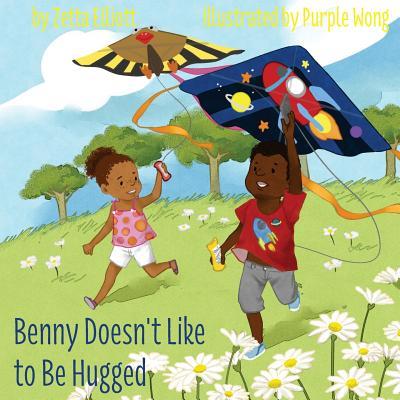What do you think?
Rate this book


42 pages, Paperback
Published September 29, 2017
Author's NoteI don't love everything about this Author's Note.
I am not autistic, not am I an expert on ASD (autism spectrum disorder). I wrote this story because two of my friends have autistic sons and though I try to create inclusive books, I realized I didn't have any stories that represent neurodiversity. I have also marveled at the way my friends advocate tirelessly for their sons, both of whom are Black and so face additional challenges in a society set on disciplining Black boys. All children deserve a book that mirrors their reality, and I wanted to center an autistic Black boy in a story that celebrates difference.
I consider myself to be a highly sensitive person (HSP), and I've often wondered what it would be like to have experienced heightened sensitivity as a child. When I shared this story with a friend who has Asperger syndrome, she urged me to consider telling the story from Benny's point of view. Many fictional books about autistic children are told from the perspective of a family member or a friend, and I'm afraid my book continues that trend. I was heartened, however, when Dorothy read the book and thanked me for giving Benny a friend. One book can't represent the range of experiences and children on the autism spectrum, but I hope Benny and his friend offer readers a model of compassion and understanding.